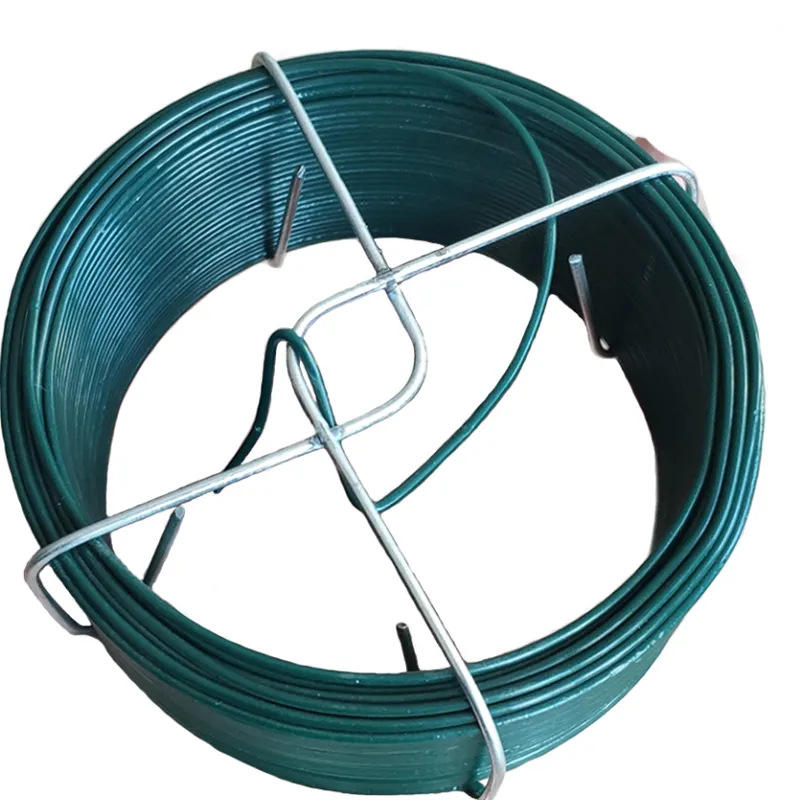-
 Phone:
Phone: -
 Email:
Email:

reinforcing mesh tie wire
Reinforcing Mesh Tie Wire Importance and Applications in Construction
Reinforcing mesh tie wire plays a crucial role in the construction and civil engineering sectors. This specialized wire is primarily used to secure reinforcing mesh panels together in concrete applications, ensuring structural integrity and durability where it matters the most. As buildings and infrastructure evolve, the necessity for reliable and efficient materials becomes paramount, making reinforcing mesh tie wire an essential component in contemporary construction practices.
At the core of its utility, reinforcing mesh tie wire provides the necessary support and stability to reinforced concrete structures. These structures rely on the synergy between concrete and steel to bear heavy loads and withstand various stresses. This wire helps to maintain the proper placement of reinforcing steel bars or mesh, ensuring that they remain adequately positioned during the pouring and curing of concrete. By holding these elements in place, the wire helps prevent issues such as cracking or structural failure, which can result from misalignment or movement of the reinforcing materials.
The manufacturing process of reinforcing mesh tie wire involves drawing steel into thin wires that exhibit excellent tensile strength and ductility. Available in various gauges and finishes, including galvanization for corrosion resistance, this wire can meet differing construction requirements, providing reliable performance in diverse environments. Contractors frequently prefer galvanized tie wires as they prevent rust and degradation, extending the lifespan of the structures being built.
reinforcing mesh tie wire

In addition to its primary function of securing reinforcing mesh, tie wire also allows for easy handling and installation. The lightweight nature of the wire enables workers to transport and manipulate it without considerable effort. Moreover, the application process is straightforward—tying the mesh panels and reinforcing bars together can be efficiently executed, saving both time and labor costs on construction sites.
One of the notable advantages of using reinforcing mesh tie wire is its versatility. It can be employed in various scenarios, including residential buildings, commercial structures, bridges, and roadways. Whether dealing with small-scale projects or massive infrastructure developments, this wire adapts seamlessly to the requirements of different construction types and patterns. Its compatibility with various sizes and types of mesh further enhances its appeal to contractors and engineers alike.
Despite the advantages, it is essential to observe best practices when utilizing reinforcing mesh tie wire. Proper tensioning and tying techniques are critical to ensure robustness and stability. Additionally, attention should be paid to the selection of the right gauge and finish of the wire, considering factors such as exposure to environmental elements and the specific stress loads expected in the finished structure.
In conclusion, reinforcing mesh tie wire is an indispensable element of modern construction methodologies. Its ability to secure and stabilize reinforced concrete structures cannot be overstated, as it substantially contributes to the overall performance and longevity of buildings and infrastructure. As the construction industry continues to innovate and evolve, the importance of reliable materials like reinforcing mesh tie wire will only grow, ensuring the safety and stability of the infrastructure that supports our daily lives. As such, it remains an integral focus for engineers, architects, and contractors alike in their pursuit of excellence in construction.
-
Wire Mesh for Every Need: A Practical SolutionNewsJul.25,2025
-
Steel Fences: Durable, Secure, and Stylish OptionsNewsJul.25,2025
-
Roll Top Fencing: A Smart Solution for Safety and SecurityNewsJul.25,2025
-
Cattle Farm Fencing Solutions for Maximum SecurityNewsJul.25,2025
-
Affordable Iron Binding Wire SolutionsNewsJul.25,2025
-
Affordable Galvanized Wire SolutionsNewsJul.25,2025
-
Wire Hanger Recycling IdeasNewsJul.25,2025








